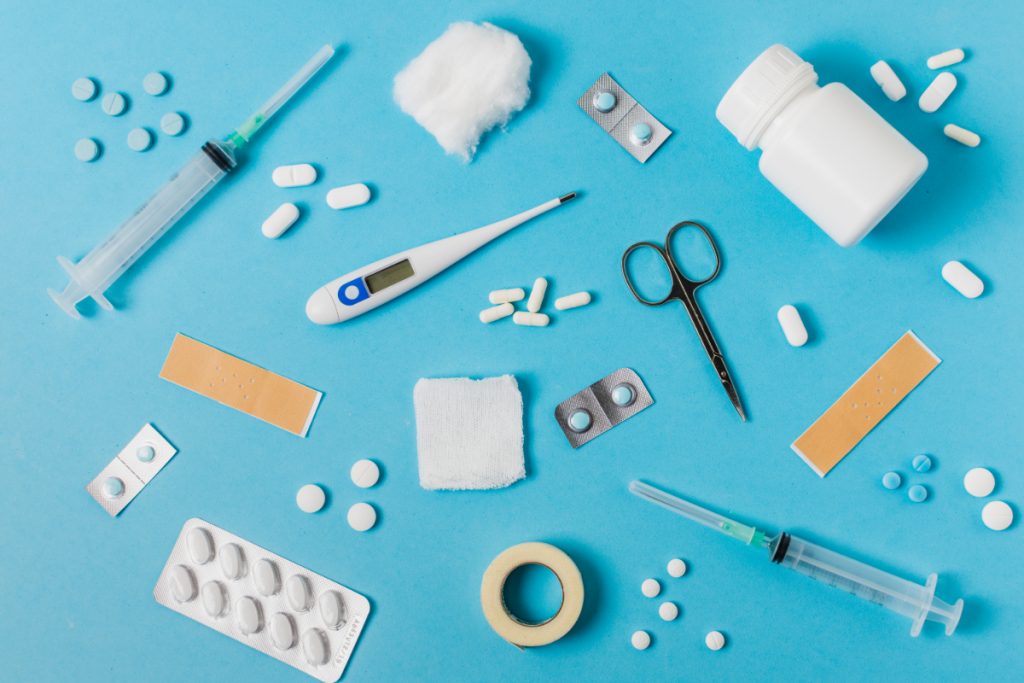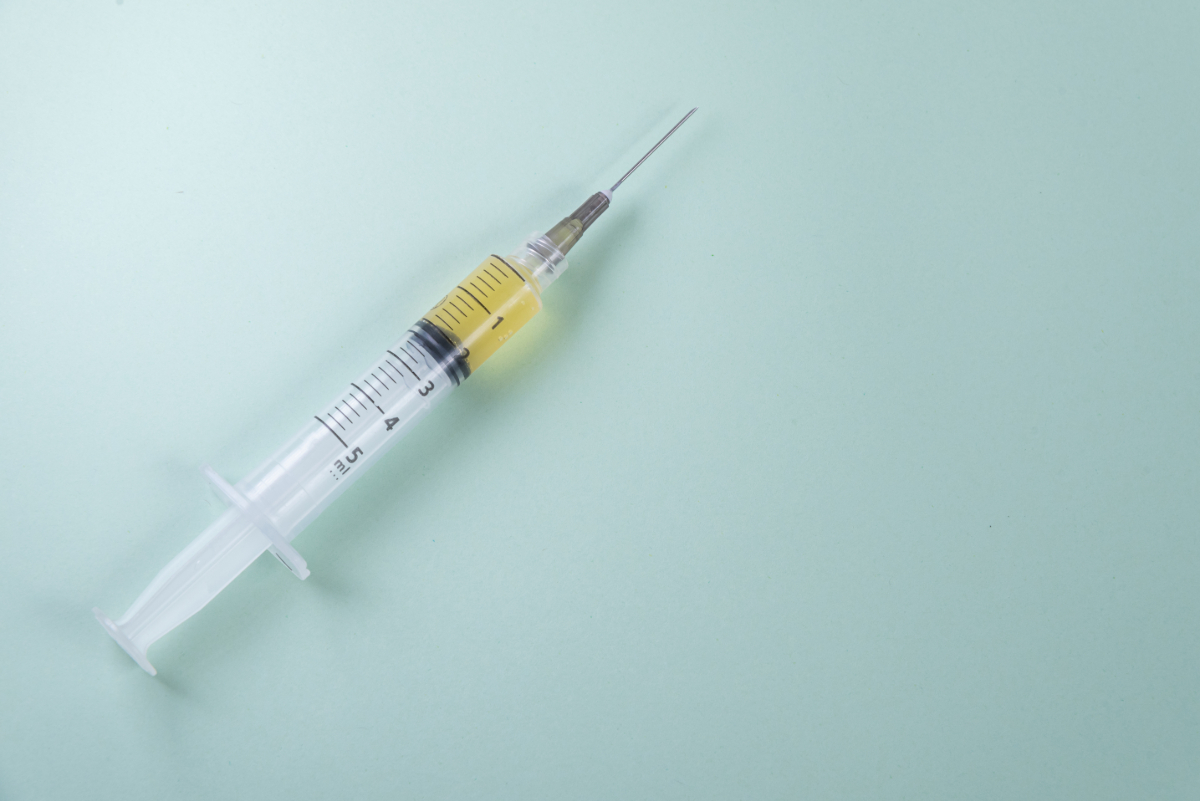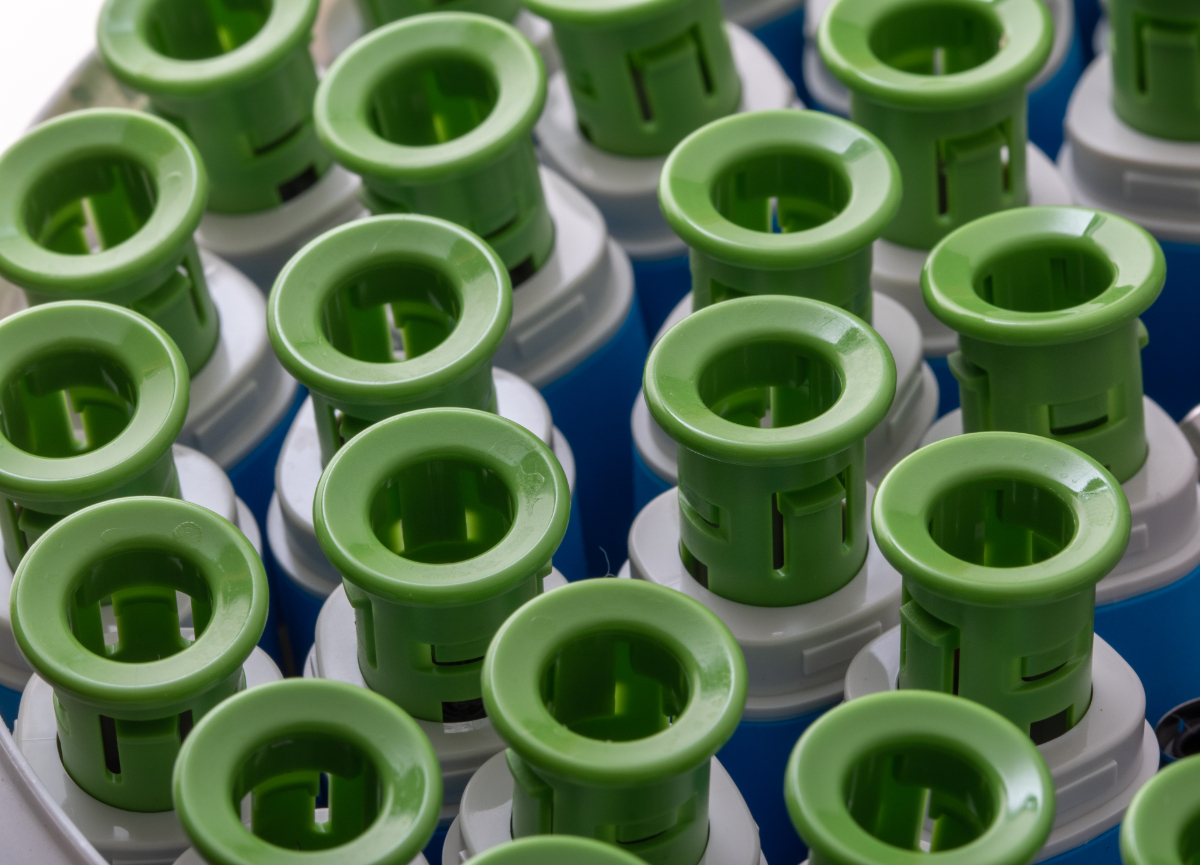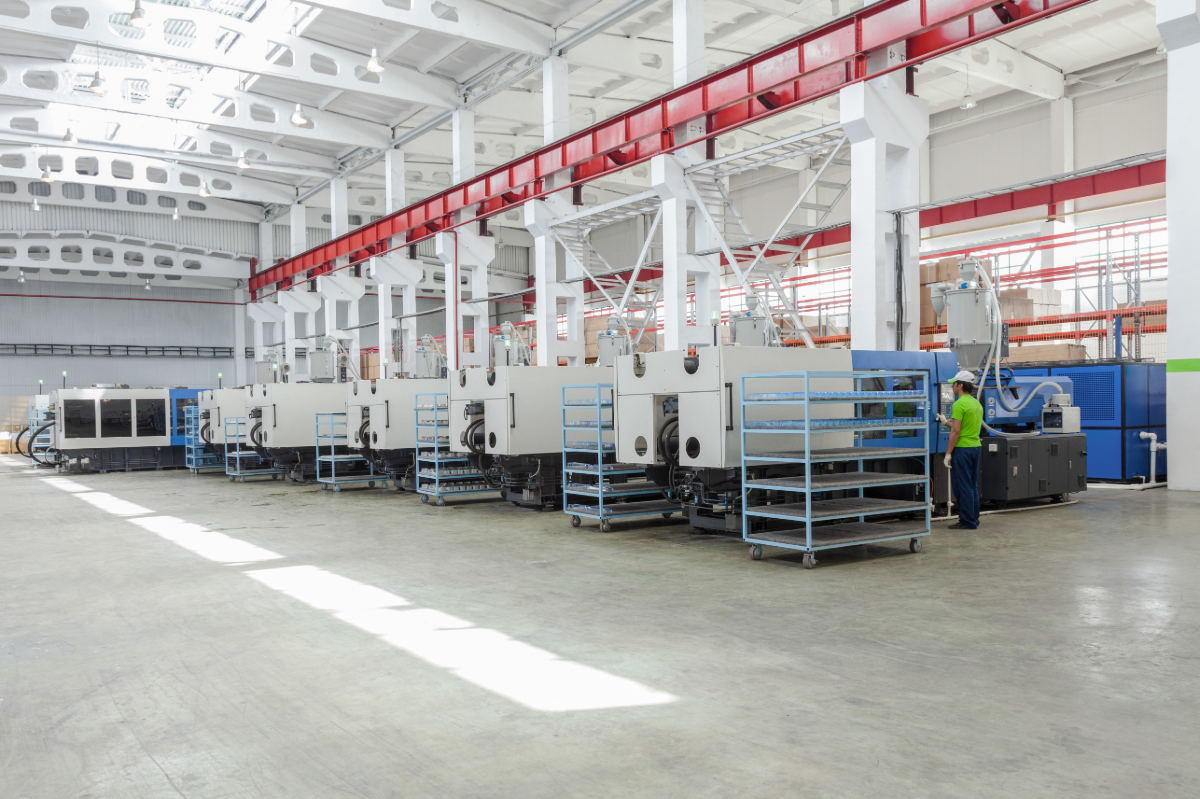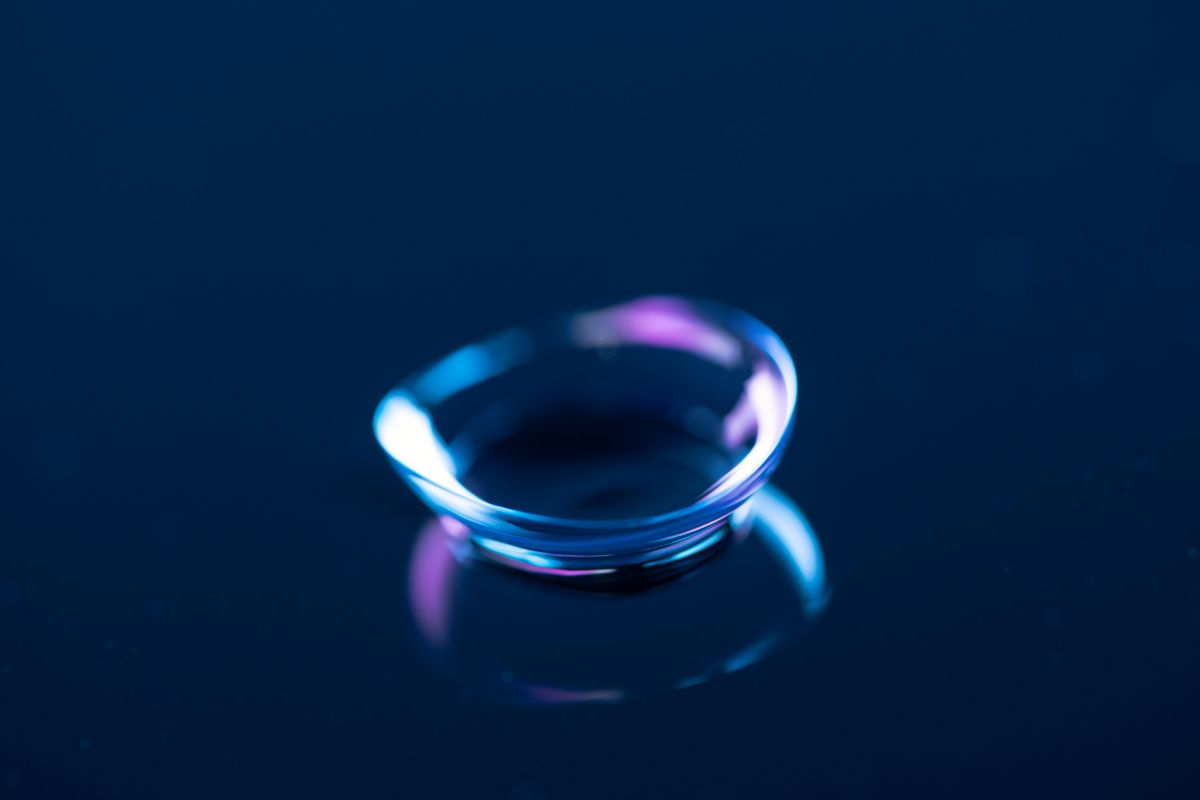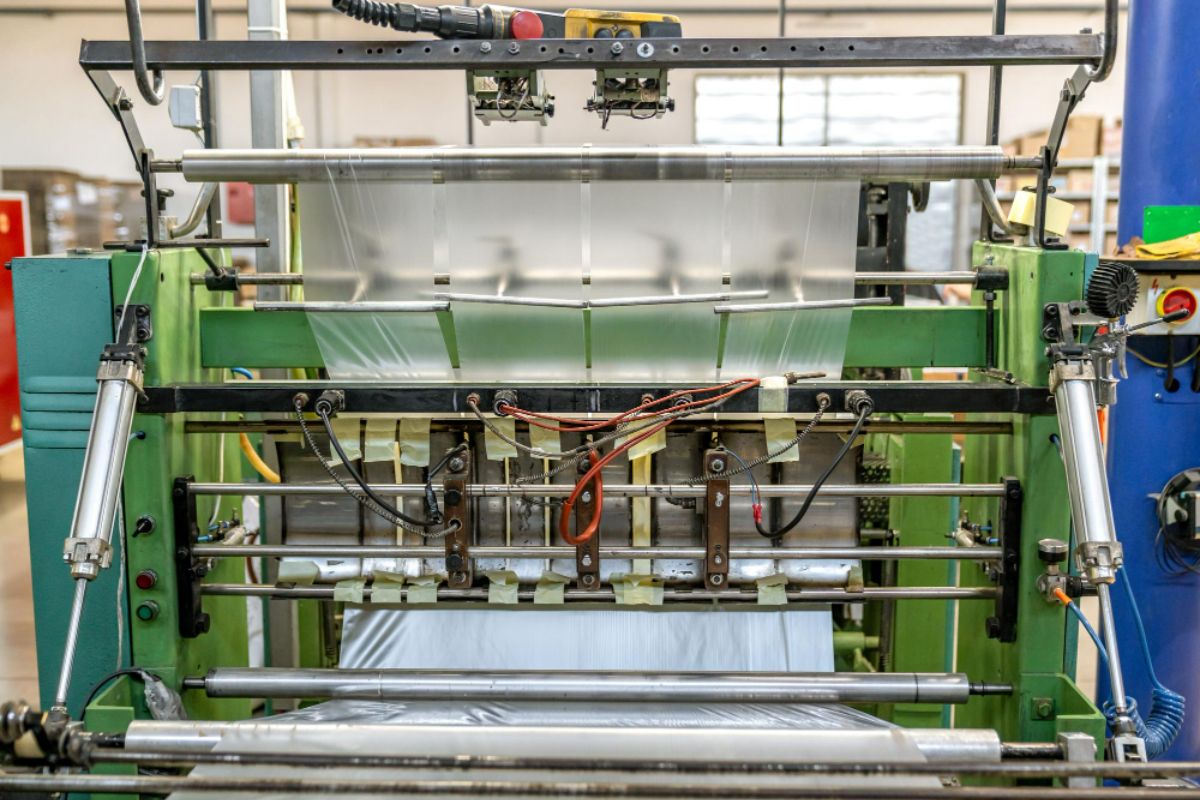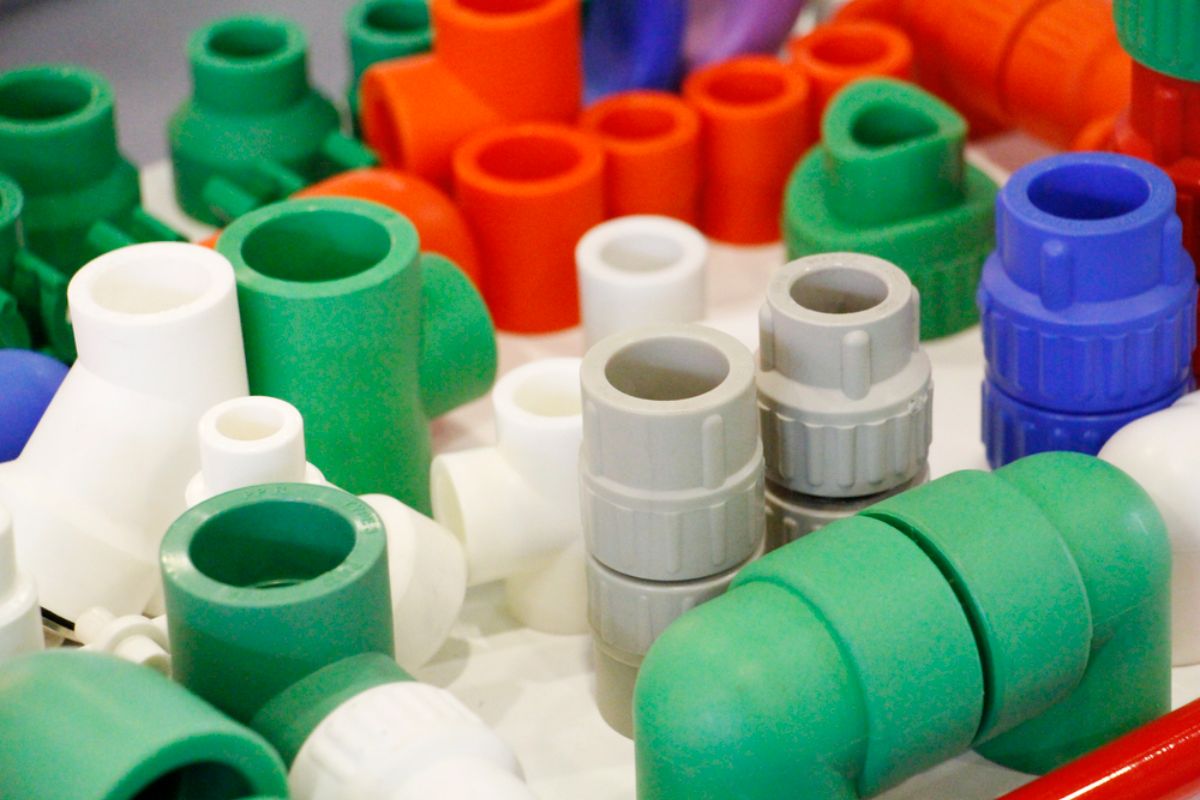What are some questions when designing injection-molded medical parts?
- What is its function?
- Is it meant to be reusable or disposable?
- What environments is it exposed to?
- How durable is my part?
- What are my plastic resin options?
- How complex is my design?
- Is my part price competitive?
- What is my injection molding partner capable of?
A large number of the medical tools you see in your clinic or doctor’s office — such as PPE, syringes, IV tubes, and more — are made using plastic injection molding due to the materials and process’ numerous benefits.
For these medical devices, the design phase is a critical time in creating a potentially life-saving product — which is why there are several factors to consider when making injection molded medical parts.
If you’re interested in venturing into this industry, you might be wondering what these are. We’ve identified eight of the most important considerations to include in your design process, along with our advice for gaining advantages for your parts.
What Is Its Function?
The primary driver in designing your injection molded medical parts is their intended functions. Consider the end-use and end-user. Are you designing something that is meant to carry fluids? Or is it an implant meant to last several years? Perhaps it is a lever attached to some medical equipment? Different functions imply various designs.
Even tools with the same general function will have distinct variations. For example, prosthetics have the same general function (i.e. to replace a body part), but a hand prosthetic is vastly different from a leg prosthetic.
Is it Meant to Be Reusable or Disposable?
The second thing to consider is the required longevity. There are two types of plastic tools in the medical industry: single-use products and sterilizable products. Single-use products are meant to be disposed of after use, which gives you more leeway in material choice.
Items meant to be used multiple times over need to be sterilized to be medically safe, which means the material you choose needs to withstand repeated exposure to the sterilization method(s) chosen.
For example, the medical part could be steam-sterilized. This means that the resin you choose for your part will need to be resistant to heat and hydrolysis. The part will also have to be compatible with the chosen method. This could mean removing any unnecessary niches on the tool to allow for proper cleaning, along with other design changes. These are the kinds of things to consider when designing a medical part meant for repeated use.
What Environments Is It Exposed To?
Third, consider the environment that this medical part will be used in. For example, parts that are to be used in a laboratory may need to withstand friction and impact, as they will be handled by several people throughout their lifetime.
Another example is an implant, which is designed to be placed inside a patient’s body. The plastic part should therefore be able to handle liquids, heat, movement, and corrosive substances.
Additionally, the implant’s design needs the patient’s comfort and safety in mind. The design and materials you choose for your part should factor in the environment it will be exposed to.
How Durable is My Part?
When it comes to medical parts, those that can easily break or shatter aren’t suitable for use. They are an inconvenience and pose health hazards not just for the patient, but also for the medical professional handling the tool. As such, your design should consider how durable your part needs to be, and which materials offer resistance to breakage and shattering.
What are My Plastic Resin Options?
There are several different resins used in injection molding for medical parts. From silicone to polyetheretherketone (PEEK) to thermoplastic elastomers (TPEs), the choices are almost endless.
With that wide selection of materials, there is a wide range of bio-compatibilities and mechanical properties. Though you might think that an extensive list of choices makes it easier, choosing the best resin is more complicated than it seems.
For example, you might find that several resins fit your needs. What you should consider in that case is how effective each one is. For example, two resins might be shatterproof, but one is more durable against wear and tear. Another thing to consider is availability. One resin might seem perfect for the job, but it is difficult to source. As a result, your costs shoot up — something you should avoid.
How Complex is My Design?
To make high-quality parts and reduce the need for extensive prototyping and revising, you need to consider how complex your design ought to be. Is your design overly complicated? Did you consider all the basic factors of manufacturability?
A very complex design does not mean that it is a good one — it might just mean you’re taking more steps than you should. To make a fit-for-use part and make your injection molding process consistent, your design should meet your demands practically. Consulting with your injection molding partner and their engineers should help you make smart adjustments.
Is My Part Price Competitive?
Ultimately, you should consider how your medical parts will be priced once your design, materials, and injection molding process are factored in.
Ideally, your products should be able to compete with the value and price of others on the market. Your pricing is dependent on your design — more complex designs, the use of certain machines, and tooling options can increase costs significantly.
However, if you are making thousands of parts, consider expensive mold materials and features for your injection molding. While these have a larger initial investment, they pay for themselves in long, high-volume runs due to time and material savings. If you strike a balance between your tooling investment and volume production, you can get a bigger return on your investment. You can also ask your injection molding partner about ways they can help you reduce your overall costs.
What is My Injection Molding Partner Capable Of?
Simply put, the skill and capabilities of an injection molding partner differ from one to the next. Not all companies are equipped to offer the same solutions. As such, you should consider the following questions when choosing your partner:
- What certifications and compliances do they have?
- Do they have experience manufacturing products for my industry?
- What is their track record as an injection molding company?
- Do they use the latest technology, software, and automated machines?
- Do they offer preventative maintenance plans for my injection mold?
All of these considerations can lead to a partner who can offer cost-effective, high-quality solutions to your project specifications.
Key Takeaway
Injection molded medical parts have several constraints and requirements that need to be incorporated into different designs to ensure their usability and success.
Having processed many projects of this nature, Richfields’ expertise can help your team avoid common mishaps, enhance your design, and ensure consistent and trustworthy services. Take a look at our capabilities here, or send us a message today to learn more about how we can assist you.
